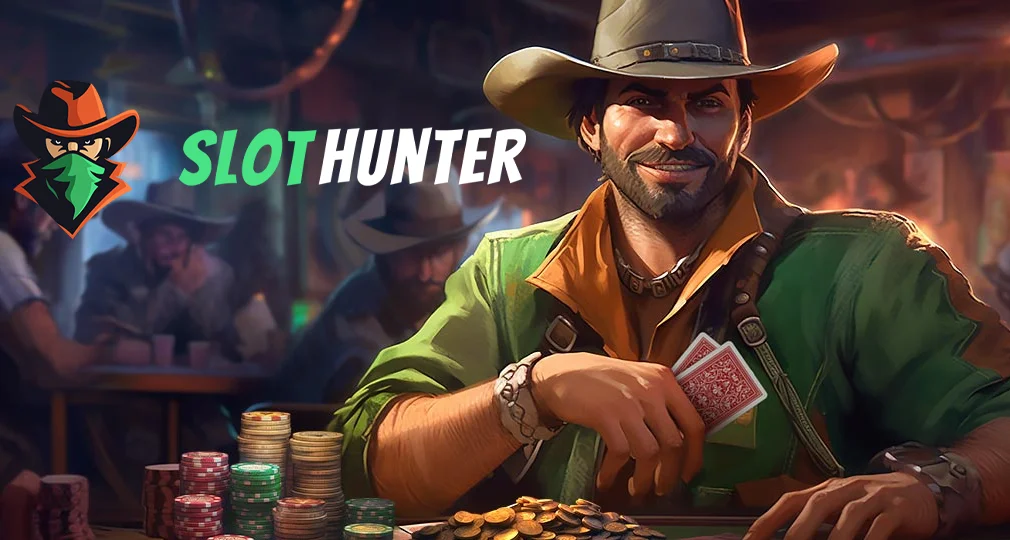Amidst the dynamic realm of video games, a subject of intense debate has surfaced, sparking discussions that reverberate within the gaming community and extend far beyond loot boxes. These virtual treasure troves, often found within popular games, have generated both excitement and concern due to their potential links to gambling behavior, particularly among younger players. Interestingly, a parallel trend can be observed in the casino industry with the rise of casino free spins no deposit bonus. These promotions offer players the opportunity to try their luck on slot machines without having to make a financial commitment upfront.
The Allure of Loot Boxes
Loot boxes, also known as loot crates or prize crates, are virtual items containing a randomized assortment of in-game rewards. These rewards can range from cosmetic enhancements to powerful in-game items, enticing players with the thrill of uncertainty akin to pulling a slot machine lever. Game developers argue that loot boxes add an element of surprise and excitement to gameplay, enhancing player engagement and fostering a sense of accomplishment. However, critics contend that this randomized reward system closely resembles gambling mechanics, potentially leading players down a slippery slope.
The Psychology Behind the Temptation
Loot boxes exploit certain psychological triggers that make them alluring to players. The principle of operant conditioning is often at play, wherein intermittent reinforcement – sporadic rewards – strengthens the desired behavior. The intermittent nature of rewards in loot boxes can lead to a phenomenon called “variable ratio reinforcement,” a concept well-studied in psychology and commonly observed in gambling scenarios. As players continue to engage with loot boxes, they may become entrapped in a cycle driven by the hope of scoring the next big reward, regardless of the financial implications.
The Connection to Gambling Behavior
One of the most significant concerns surrounding loot boxes is their potential connection to gambling behavior. While video game developers often highlight that loot box contents are purely cosmetic or provide no direct competitive advantage, players’ emotional investment can be considerable. This emotional attachment blurs the lines between gaming and gambling, raising questions about the impact on susceptible players, particularly those who are underage.
Studies have shown that the same brain areas activated during gambling are also triggered when engaging with loot boxes. Neurological responses to the uncertainty of loot box outcomes can mirror the anticipation experienced in traditional gambling activities. Younger players, whose brains are still developing and are more susceptible to addictive behaviors, might be particularly vulnerable to these effects.
The Age Factor
The age at which players are introduced to loot boxes plays a crucial role in determining their potential impact. Younger players, lacking fully developed decision-making abilities and impulse control, might be more inclined to engage in risky behaviors associated with loot box mechanics. Concerns have been raised that exposure to such mechanics could normalize gambling behaviors and potentially lead to gambling-related problems later in life.
Regulators and policymakers have begun to take notice of this issue, with some countries categorizing certain loot box practices as a form of gambling and imposing age restrictions. The video game industry has also made efforts to self-regulate, introducing disclosure mechanisms and odds transparency to provide players with more information about the likelihood of receiving specific items from loot boxes.
The Call for Ethical Gaming
As the debate rages on, the concept of ethical gaming practices is gaining traction. Game developers are being urged to prioritize player well-being over profit margins. This involves reevaluating the implementation of loot boxes, particularly in games targeted at younger audiences, and considering alternative monetization models that do not rely on chance-based mechanics.
Furthermore, fostering media literacy among young players can empower them to make informed decisions about their gaming habits and expenditures. Encouraging open conversations between parents, educators, and children about the potential risks associated with loot boxes is crucial in raising awareness and promoting responsible gaming.
Conclusion
The controversy surrounding loot boxes in video games is far from resolved as the industry grapples with finding a balance between innovation, player engagement, and potential harm. While loot boxes can undoubtedly enhance gaming experiences for some, the potential for negative consequences, especially among younger players, cannot be ignored. As the gaming landscape continues to evolve, a collective effort is needed to ensure that ethical gaming practices prevail, safeguarding the well-being of players and upholding the integrity of the medium we all love.













